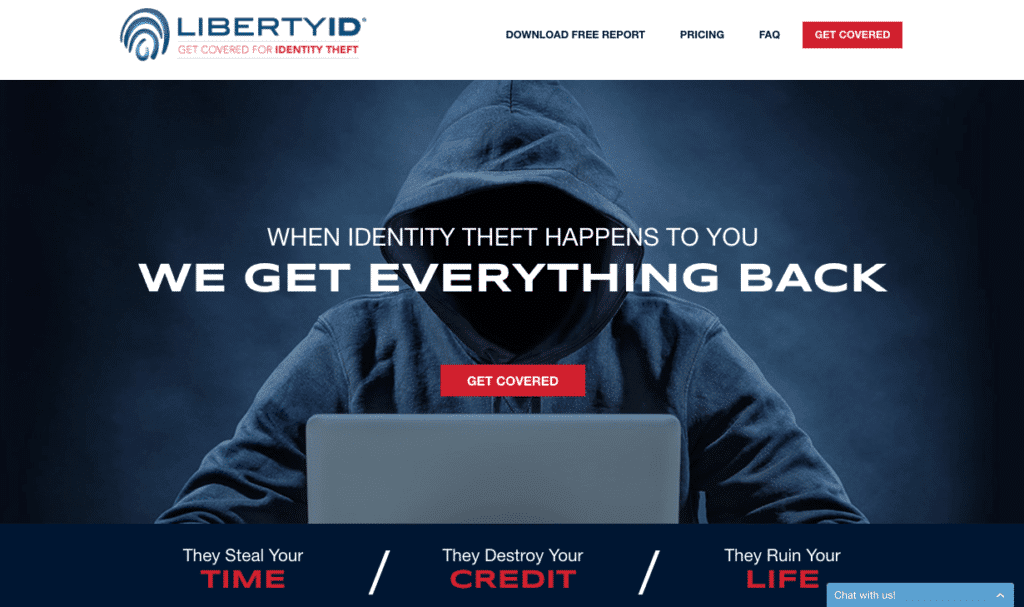
I just completed a ground-breaking week-long study on consumer behavior, by Donald Miller, a New York Times and Wall Street Journal Best Selling Author, on how to use the power of story to clearly communicate for better results. I wanted to share with you my three biggest takeaways from the StoryBrand Certified Guide Training that is sure to get you thinking differently about your business and how to communicate your brand’s message with greater clarity.
We are at a point in human history where your prospective customers and clients are bombarded with an unprecedented amount of noise and clutter. Facebook ads, phone dings, bings and bops, emails, podcasts, pop up banners, click-bait and unsolicited phone calls and texts have made it difficult to make any money spent on marketing work as good as it used to.
Furthermore, these intrusive methods have made brands untrustful as some companies have tricked customers into buying their products which have driven trust among brands past the point of no return. This barrage of distraction has the potential to stymie your business growth, waste thousands of dollars on marketing that doesn’t work and ultimately bring your business to the precipice.
However, there is a unique proven framework to fight against this to make your marketing work—and it has to do with the power of story. You see, storytelling has been a way to communicate with just about everyone since the dawn of time. It’s the sole reason the 43 Billion dollar movie industry continues to thrive year after year. And when you think about it, it’s the reason we love to sit around the campfire and listen to someone who overcame impossible odds that ended in success. And since story is used to create clarity in our understanding—it’s a perfect tool to infuse into your business and marketing communications that cuts through the clutter, grabs your customer’s attention and ultimately drives more sales. This process has been proven in thousands of businesses including brands like Chik-Fil-A, Pantene, Car Max, Intel, Berkshire Hathaway, and even Presidential political campaigns.
So in the following, I’ll give you my three biggest takeaways from last week’s StoryBrand Conference with some links to some resources that will give you more understanding on the power of story and how to use it to grow your business.
1. People don’t read websites, they scan them.

People don’t buy the best products, they buy the ones they understand the clearest. When you’re trying to build your business, clarity beats cute and clever every time. Your website is the hub of all your marketing activities and is the easiest way to track marketing spend. If a prospective customer lands on your website and you can’t spell out to them how you solve their problem within 8 seconds, you lose them. They bounce off and find someone else who can, usually a competitor.
2. Customer’s buy products or services based on internal problems, not external problems.
The difference between an internal and external problem is this:
The external problem is the tangible obstacle your customer has to overcome to get the thing that they want.
Ex. I need a new set of binoculars, mine just busted.”
Because your character is facing the external problem, how is that making them feel internally?
Ex. “I have a big adventure trip coming up and if I don’t have good set of binos I’m going to miss out on seeing all the wildlife.”
See the difference? The internal problem miss out has much more meaning behind it because the results are more tragic than the external problem. Most marketers communicate the external problem and don’t sell the internal problem.
3. Your product/service should show how the customer will transform into something better.
People naturally want to become better. Whether you’re trying to lose weight, become a better speaker, hire a better candidate or grow a bigger business—we all want to be aspire to our future itself. For example, a hunter in the below MTN OPS post wants to become a “conquering outdoor athlete.” For a hiker, it could be to become a “conservationist sojourner.” For a fitness fanatic, it could be to become “the athlete everyone wants to be.” Whatever your customer wants to become—you have to show how your product or service will get them there. Most companies put all the focus on their products benefits and features, not what their customer’s want to become. This doesn’t trigger the emotional responses in the brain needed to help your customer understand how you can help them or move them to the desired call to action.
By taking the time to clarify your message and figure out these aspects of your messaging, you will be able to transform your marketing and grow your business. In the following weeks, I will be rolling out a series of articles based on story and the StoryBrand process.
If you’d like to check out the book and learn more about the process yourself you can:
You can also schedule a call with me and get a clear plan on how to move forward that will allow you to grow your business more effectively in the age of distraction.





